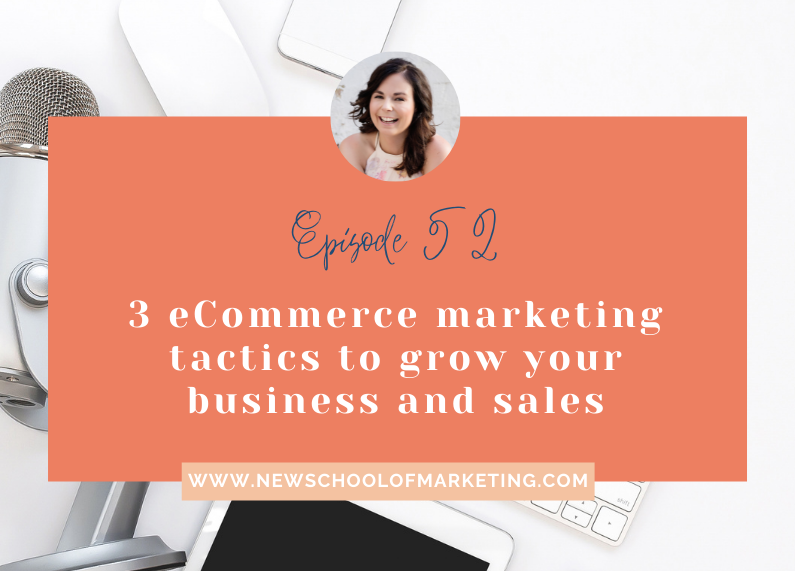
In today’s episode I want to talk about marketing tactics for your ecommerce store. And if you’re not an ecommerce business, don’t leave just yet because this is actually quite relevant for you too.
With so many marketing options available to us, it can sometimes be hard to choose where to spend our time. I’d love to talk about this a bit more because there is really no one size fits all in terms of marketing.
Today I’m going to talk about 3 marketing tactics to grow your ecommerce business and your sales, but please know that you don’t need to do all of these. If it’s not aligned with you or your business, then choose something else.
Another thing I really want to say first is that your marketing tactics should be chosen based on who your audience is. There is no point in choosing a specific tactic if your audience is not going to be there or engage with it.
With that said, let’s look at 3 different tactics you can use to grow your business.
🎧Tune in
The examples I’m referring to inside this episode are:
Pickwick & Sprout
Tiny Hearts Education
Proud Poppy Clothing
The Dog Mum
Connect with me
Website: www.newschoolofmarketing.com
Facebook: @newschoolofmarketing
Facebook group: @newschoolofmarketing
Instagram: @bianca_mckenzie
Love the New School of Marketing Podcast?
Let’s be honest and upfront, because you know that’s what I’m all about. Podcast reviews are super important to iTunes and the more reviews we receive the more likely iTunes will reward us with better reach.
I want to reach more course creators, store owners and awesome business builders that can add extreme value to our awesome insiders. I already love that you’re here and ready to rock your business, but I’d be extremely grateful if you would review me on iTunes and SUBSCRIBE!
Can’t wait to teach you everything I know about online marketing!
Transcript
Welcome back to the podcast. Or if this is your first time tuning in, welcome.
This episode is a celebration episode as it’s exactly 1 year since I started this podcast. Exciting right?!
I feel like I should do something to celebrate this milestone but with everything going on, it hasn’t quite eventuated yet so watch this space.
In today’s episode I want to talk about marketing tactics for your ecommerce store. And if you’re not an ecommerce business, don’t leave just yet because this is actually quite relevant for you too.
With so many marketing options available to us, it can sometimes be hard to choose where to spend our time. I’d love to talk about this a bit more because there is really no one size fits all in terms of marketing.
Today I’m going to talk about 3 marketing tactics to grow your ecommerce business and your sales, but please know that you don’t need to do all of these. If it’s not aligned with you or your business, then choose something else.
Another thing I really want to say first is that your marketing tactics should be chosen based on who your audience is. There is no point in choosing a specific tactic if your audience is not going to be there or engage with it.
With that said, let’s look at 3 different tactics you can use to grow your business.
1. Consistent social content
Social media is a great way to introduce, build and grow your business. There are a lot of different options with Facebook, Instagram, Tik Tok, and Pinterest (even though Pinterest is more of a visual search engine).
Social media requires the investment of your time, but otherwise it’s free and it’s a great way to build a relationship with your audience.
You have the option to create posts, reels, stories or go live.
First though, you need a strategy.
Because posting for the sake of posting isn’t’ the best idea. It often means that you post at the last minute, have massive gaps between posts and you’ll be struggling for content.
Then what happens is that you’ll post a two liner on what’s in the picture and tell people to buy it.
It’s not inspiring and it’s not going to get people to take action, even though you’re telling them to buy.
Your social media should really be focused on building relationships and you should take advantage of the various types of content you can post.
All sales posts generally don’t do much for people. They might follow your account, and hit the little heart button but that’s it. There’s no engagement, no action.
When you create a strategy for your social media content it forces you to think about what you’ll post.
If you’re unsure of what to post, choose one of these three:
- Teach (selling and leading)
- Share (personal, convo starters, opinion, behind the scenes)
- Show (products, work space, happy clients)
I’ve learned these three types of content from Instagram queen and business teacher, Tracy Harris from the Mums with Hustle podcast.
So before you post on your social channels, or you simply go quiet for months…. Sit down and make a plan for the next few weeks. Come up with a mix of content based on the Teach, Share, Show method.
It will help you build a more solid social media presence, as well as help you create a closer connection with your audience.
There are a few people that I love following on Instagram who do this really well and I’ll post the links to their Instagram in the shownotes.
(Pickwick & Sprout, Tiny hearts education,
2. Email marketing
If you’ve been following me for a while you’ll know that I’m a mega big fan of email marketing.
As much as I love social media, I’m not a fan of putting all your eggs in one basket. You don’t own your social media platforms and unfortunately all your hard work on social media can be wiped away in one instant.
There have been enough stories of people having their Facebook or Instagram accounts disabled, leaving them with very little options to get in front of their audience.
That’s why I’m so passionate about email marketing.
With an email list you’re more in charge of ‘owning’ your audience list, plus you’re actually more likely to be seen by them in their inbox.
With social media you can’t really influence the algorithm, even though there are some tips and tricks, but ultimately it’s up to the platform and they decide who sees what and when. Which makes it even more important to build your own audience list that’s not on social media.
The statistics still speak for themselves with a 4200% return on investment from email marketing. I’ll include my source for this statistic in the show notes, but for the past ten years this statistic has fluctuated between 3800% and 4200%. So that means that for every dollar spent, you can generally see $42 in return.
That doesn’t mean that this is the case for everyone but overall email marketing has a high return on investment.
When I had my online store, I made sure that I regularly emailed my subscribers with information that was educational and inspiring, as well as sending them updates about new products and upcoming promotions.
If there was only one marketing tactic I could choose, email marketing would be my number 1 pick.
If you’re not currently emailing subscribers or even past customers, I highly recommend that you do. And start tracking sales from your efforts too, you’ll see that it starts paying off.
3. Facebook ads
Of course this list wouldn’t be complete without Facebook ads. There are so many other options available too, I recognise that and want to acknowledge that but I’m a Facebook ads manager and long time fan so it had to be on the list.
The thing I love most about Facebook ads for ecommerce is that it can help you get more traffic, grow your audience and also bring in more sales. I see it as the ultimate business building tool that speeds things up a bit.
Facebook ads require a monetary investment, so it might not be for everyone right away, but at some stage I think most businesses are ready for ads.
If you have some capital upfront, you can choose to spend some money on advertising to speed up your market research. Almost every business is finding out what works and what doesn’t when they first start out, and this can take some time.
What I’ve found is that Facebook ads can help you speed up this process. The data inside of Facebook ads manager will show you what people are responding to in terms of clicking through on certain product images, and eventually purchasing so that you can determine your conversion rate.
Facebook ads also has the ability to show ads to people who have already gone to your website and/or put something in their cart, you can set up ads that remind people to go through with their purchase. This is called retargeting and it’s absolutely brilliant because a lot of people will add to their cart but not complete their purchase. The average cart abandonment rate is just under 70 percent. That means roughly seven out of every 10 shoppers won’t complete their transaction.
That’s quite a high number, but at the same time it’s often comforting to know for ecommerce store owners that they’re actually performing quite well. It’s good to know that you’re not the only one and that it’s an average number, so don’t feel bad about people not going through with their purchase.
There is also plenty of marketing data out there that indicates that buyers need multiple touch points before they hand over their money. So they need to see you, your business and your message multiple times before they purchase. The statistics vary on this and buyers need to see your business on average 7-12 times before they take action.
That’s why I love Facebook ads so much because you can layer in extra touch points that have more chance of being seen. So you can post organically on social media, you can email your subscribers and you can show ads to those that have already engaged with your brand in some way.
There are a lot of different ways to use Facebook ads too. It doesn’t all have to be a conversion ad telling people to purchase, you can use Facebook ads to introduce your business to a new audience, or you can use it to grow your email list too. There are so many options and that’s what I love about it.
Right now, I’m often using engagement ads with my clients and then we use conversion ads for both new and existing audiences. So it becomes a multi layer ad strategy.
It’s entirely up to you how you use Facebook ads, as long as you’re clear on your objective and what you’re trying to achieve with your ads.
Unfortunately I often see business owners boosting a post or pressing the ads button on the Instagram ad, and while those have their place, they often don’t give the results that you’re after.
The boost option gives you very limited options in terms of targeting and objectives, so often the only thing you get from them is some increased engagement or a few more followers.
But more followers or increased engagement doesn’t necessarily mean more sales and I’m going to guess that that’s what you really want.
If you want to increase your sales you really need to run your ads from the ads manager platform on your desktop computer, and create a strategy and plan to run your ads with your objective of sales in mind.
I know this can be confusing or even confronting for some people, and I suggest that you find a teacher that you resonate with and trust so that you can learn how to run ads yourself.
If you’re interested in learning more about Facebook ads for your ecommerce business, head on over to my website to download my free Ultimate guide for Facebook ads. Inside this guide I teach you step by step to set up your most lucrative Facebook ad.
It helps you navigate the ads manager platform and it guides you through to setting up your first ad. Then once you have that first ad set up and running, you can get bolder and start running some other ads.
So those are my 3 ecommerce marketing tactics to grow your business.
A quick recap:
- Social media – consistently posting on your platform of choice and focus on building a real connection with your audience rather than bombard them with sales posts
- Email marketing – my favourite platform with a high return on investment
- Facebook ads – A way to speed up your market research as well as the ability to grow your traffic, increase engagement and drive sales
That’s it for this week’s episode.




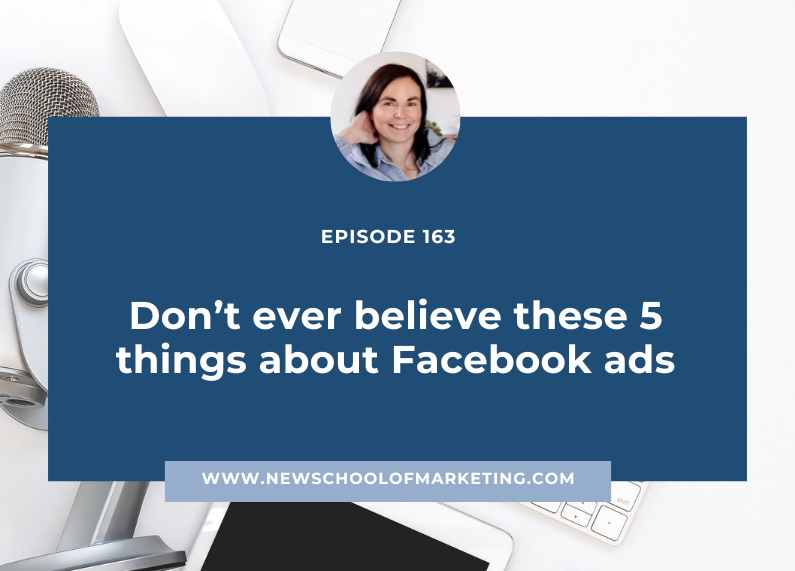
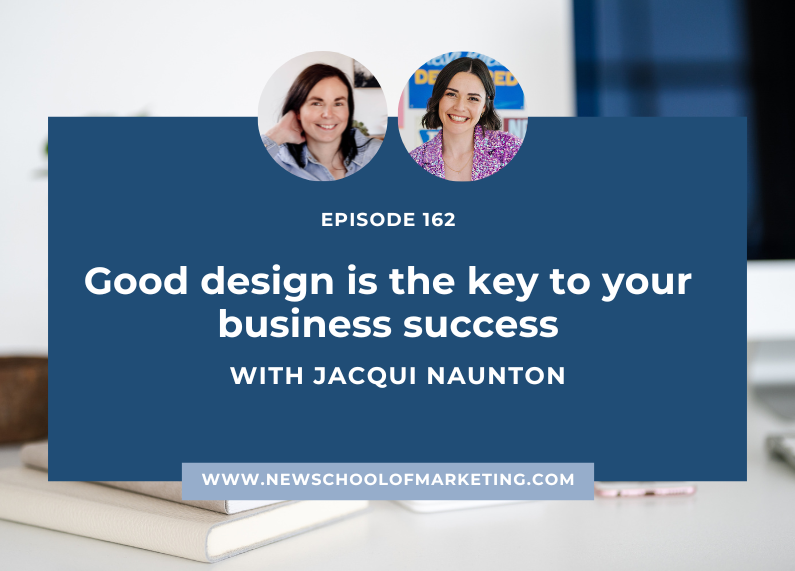
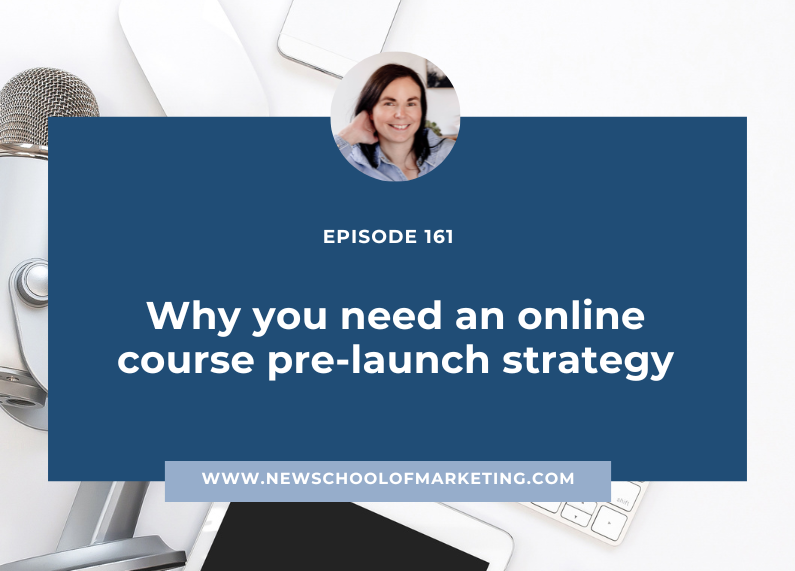
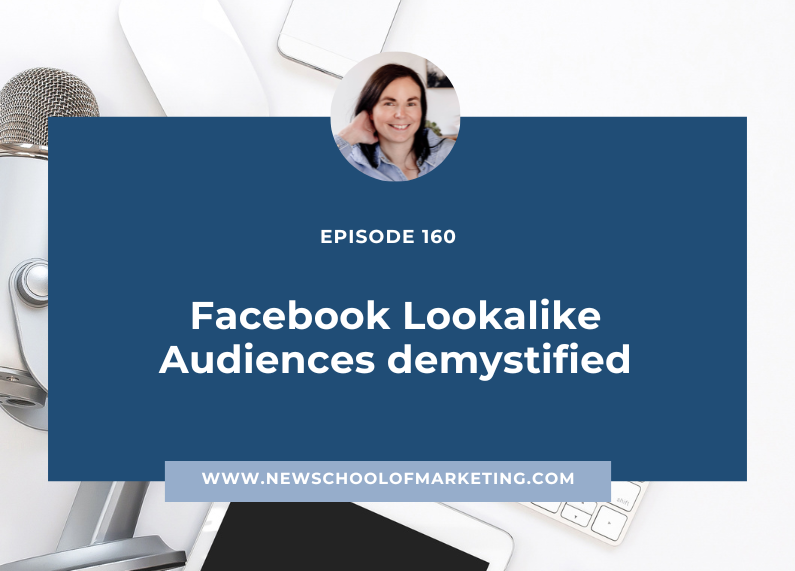
0 Comments